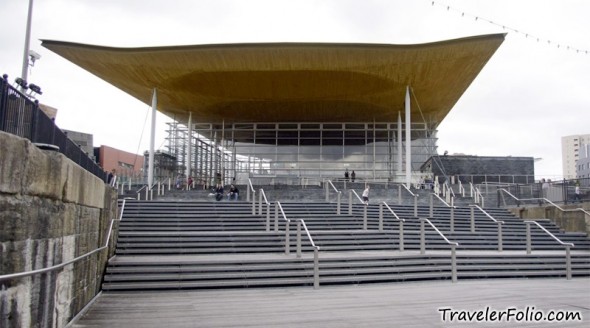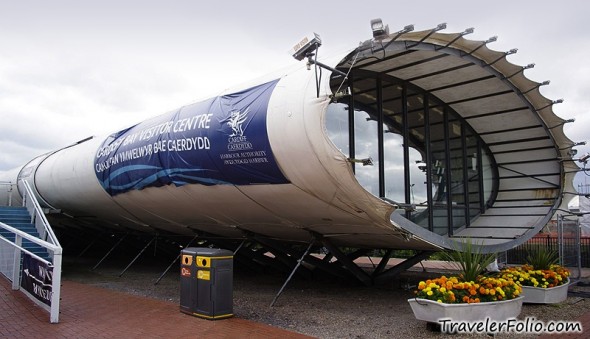
Said Hiran Cooray, PATA Chairman: “The PATA Travel Mart 2011 in New Delhi, India is one of the most exciting events and activities planned to roll out next year. We have a very special relationship with India, which is a rapidly emerging market, and we are delighted they are hosts for the PTM2011.”
Said Arjun Sharma, managing director, Le Passage to India: "The travel fraternity in India is excited that PATA has chosen New Delhi as the venue for PTM2011. With the explosive outbound numbers emanating from our country it is not uncommon for increased and newer destinations to woo the Indian traveller. The Mart returning to India after a gap of only three years is appropriately positioned and bears testimony to the growth of Indian tourism. The capital city is presently gearing up to host the Commonwealth Games next month. With the increased capacities and greatly modernised tourism infrastructure, we wish to assure you that New Delhi will be a bigger, better and more satisfying venue for the best trade show of the year. We look forward to welcoming all delegates to ‘Incredible India.’”
Said Ashok Kapur, CEO, Khiri DMC: “India is a fantastic choice as it is a rapidly emerging destination and market. With its incredible diversity and population, India deserves much more business, both as an inbound and outbound entity. As a travel specialist focussing on Thailand and Indochina, Khiri Travel will continue to invest strongly in the Indian outbound market. We see huge potential there for sectors such as leisure, MICE, honeymoon and top-end incentive trips. India's rapidly increasing urban middle class as also more direct flights from the primary and secondary cities to Southeast Asia are both very encouraging trends.”
Said Nicoline Dolman, director of sales and marketing, Bali Dynasty Resort: “We will definitely participate in PTM in India. The Indian family market has a huge potential for the travel-and-tourism of Bali. Balinese cultures and religion are the main attractions for the Indian market.”
Said Ashwani Gupta, managing director, Dove Travels, India, and a first-time attendant at PTM: “I am very excited about my attendance. PATA Travel Mart is world famous for its travel trade networking opportunities and also for its high level of organisation. It is a truly international event, very well organised, with meetings with your existing business partners spread into perfect time slots, and meetings with new exhibitors made accessible so as to improve our way of working and business.”





















































